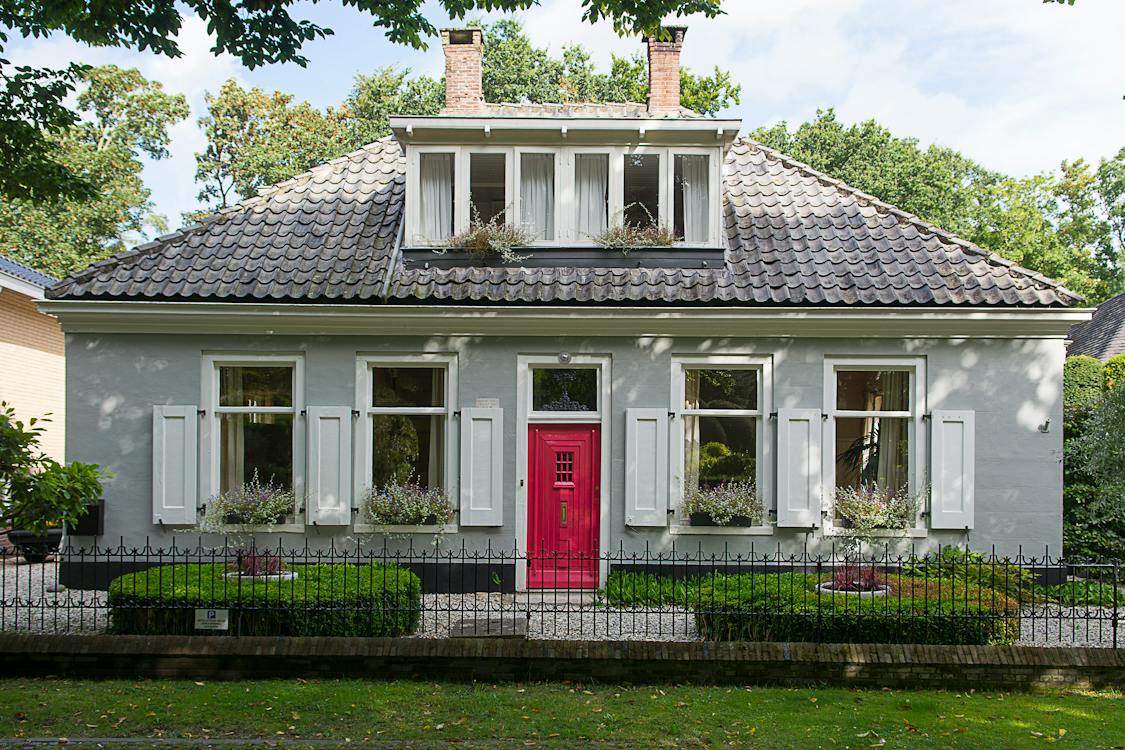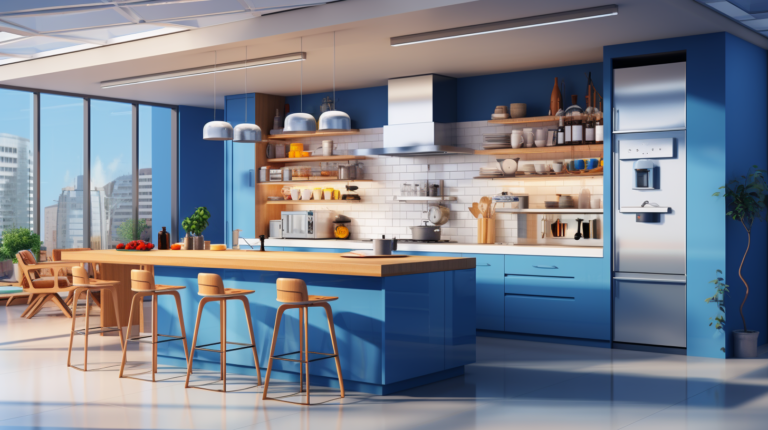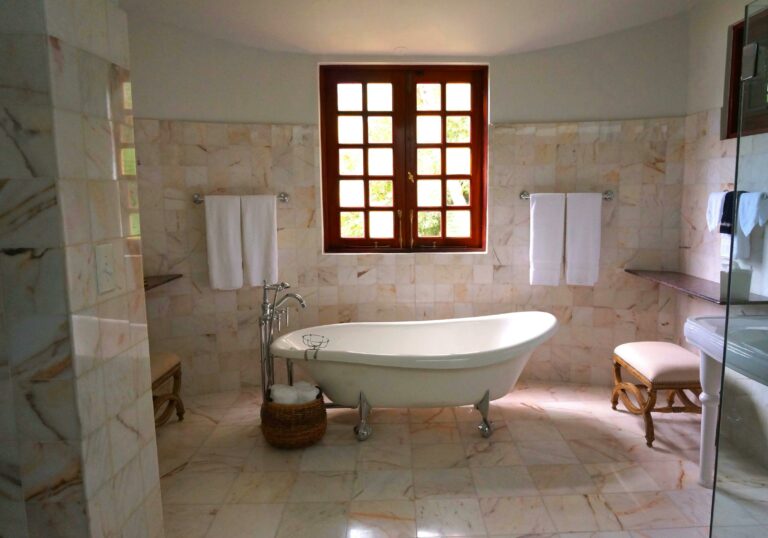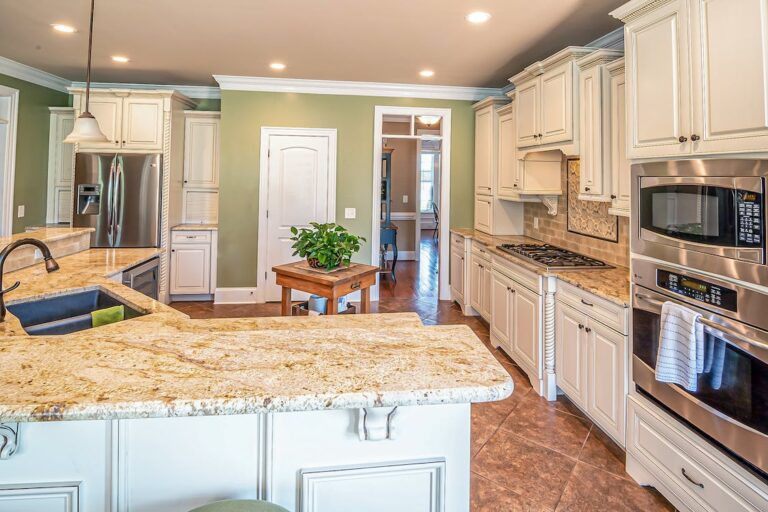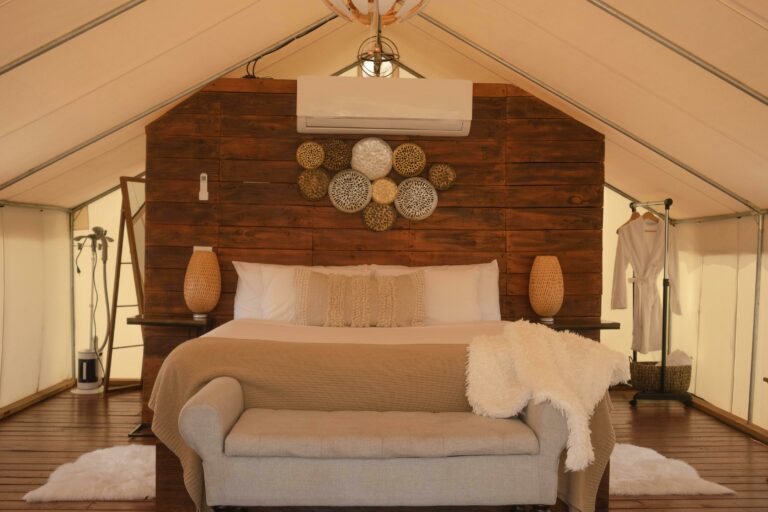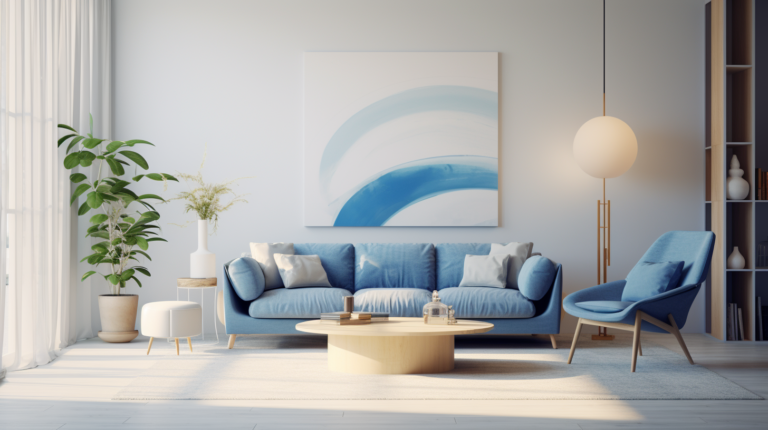10 Stunning Architectural Designs That Will Inspire Your Home in 2024
Welcome to the world of stunning architectural designs that will inspire and transform your home! If you’re looking for fresh ideas to enhance the aesthetic appeal and functionality of your living space, you’ve come to the right place. In this article, we’ll explore ten captivating architectural designs that blend beauty, innovation, and functionality.
Table of Contents
- 1 Architectural Designs in 2024
- 2 Minimalist Modern Design
- 3 Traditional and Timeless Architecture
- 4 Contemporary Eco-Friendly Designs
- 5 Innovative Small Space Solutions
- 6 Luxurious and Opulent Interiors
- 7 Rustic Charm and Natural Elements
- 8 Sustainable Architecture
- 9 Unique and Unconventional Structures
- 10 Magical Treehouses and Elevated Living
- 11 Functional and Stylish Home Offices
- 12 Conclusion
- 13 Frequently Asked Questions
Architectural Designs in 2024
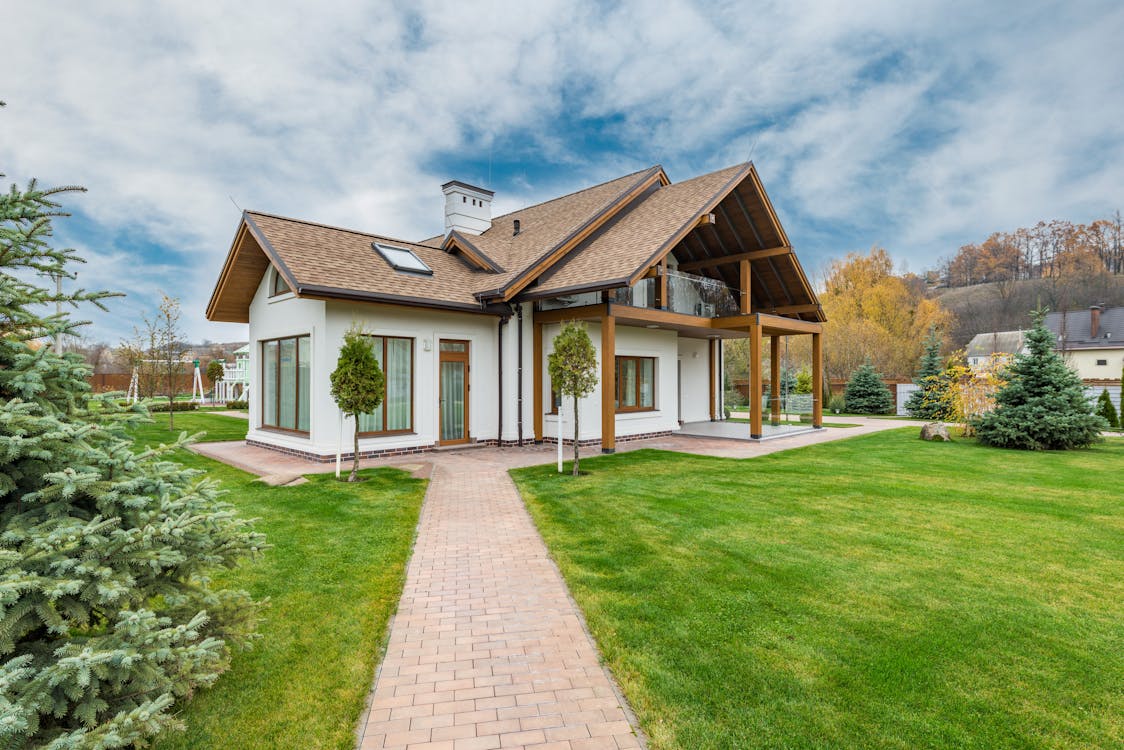
When it comes to designing our homes, we all have different tastes and preferences. Some of us love the sleek elegance of minimalist modern design, while others are drawn to the timeless charms of traditional architecture. No matter your style, there’s an architectural design out there that can bring your vision to life.
In this article, we’ll delve into various architectural styles that cater to different tastes, spaces, and purposes. From contemporary eco-friendly designs to unique and unconventional structures, we’ll cover a wide range of options that will surely pique your interest. So, sit back, relax, and let the journey of architectural inspiration begin!
Minimalist Modern Design
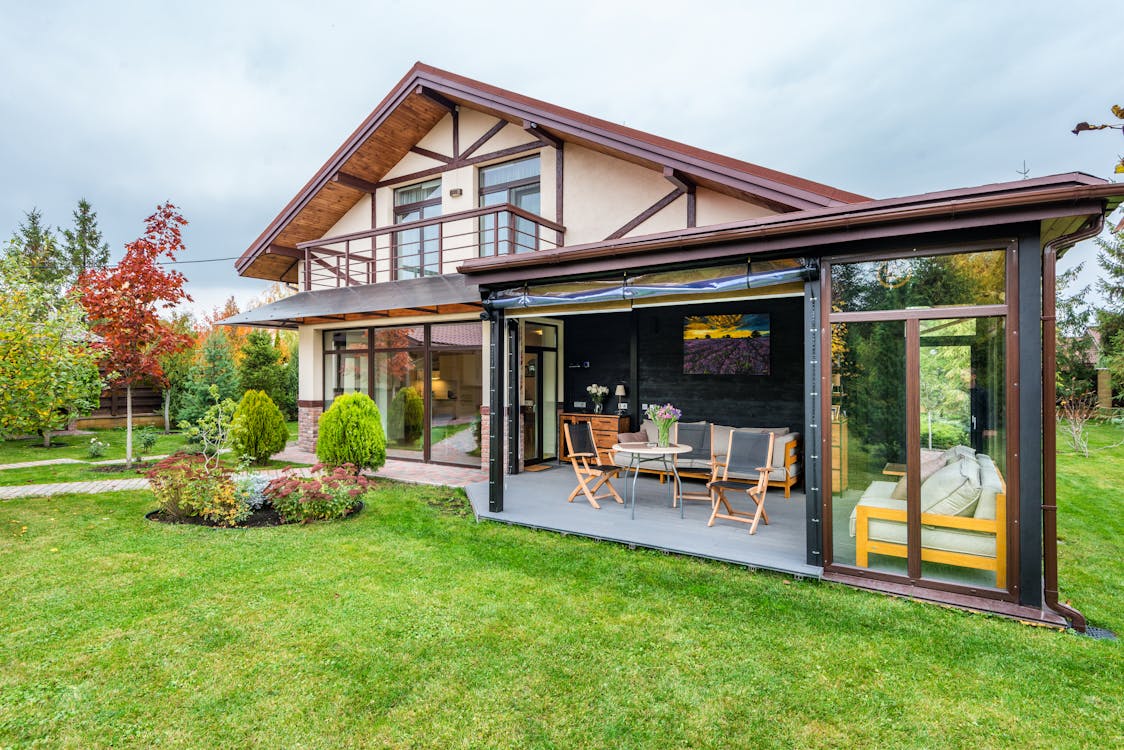
If you appreciate clean lines, open spaces, and a focus on functionality, then minimalist modern design is the perfect architectural style for you. This design approach embraces simplicity, bringing together sleek materials, minimal ornamentation, and a sense of spaciousness. Here’s everything you need to know about minimalist modern design:
- Emphasis on simplicity: Minimalist modern design aims to strip away unnecessary elements and focus on clean, uncluttered spaces. The mantra of “less is more” is a guiding principle, where every element serves a purpose without overwhelming the space.
- Use of neutral colors: White, beige, gray, and other neutral tones dominate minimalist modern design. These colors create a calm and serene atmosphere, allowing the architectural elements and furnishings to take center stage.
- Clean lines and geometric shapes: Clean, straight lines and geometric shapes define minimalist modern design. From the architectural elements to the furniture and decor, everything is characterized by simplicity and precision.
- Abundance of natural light: Natural light plays a crucial role in minimalist modern design. Large, unobstructed windows allow ample daylight to flood the space, creating an airy and inviting atmosphere.
- Integration of nature: Minimalist modern design often incorporates natural materials such as wood, stone, and concrete. These materials add warmth and texture to the clean and minimal aesthetic.
- Focus on functionality: Functionality is paramount in minimalist modern design. Every element serves a purpose and is carefully chosen to enhance usability and efficiency.
- Open floor plans: Minimalist modern homes often feature open floor plans, where spaces flow seamlessly into one another. This design approach creates a sense of spaciousness and encourages interaction and connection.
- Minimalist furnishings: Furnishings in minimalist modern design are characterized by their simplicity and functionality. Clean lines, neutral colors, and a lack of ornate details are common features.
- Minimalist landscaping: The minimalist approach extends beyond the interiors and into the landscaping. Simple and well-maintained gardens with clean lines and sparse plantings complement the overall design aesthetic.
- Decluttered spaces: Minimalist modern design requires keeping spaces tidy and free from clutter. Each item has its designated place, and unnecessary objects are eliminated to maintain a clean and organized environment.
Whether you’re looking to build a new home or update your current space, minimalist modern design offers a refreshing and timeless aesthetic. With its focus on simplicity, functionality, and clean lines, this architectural style brings a sense of calm and tranquility to any space.
Traditional and Timeless Architecture
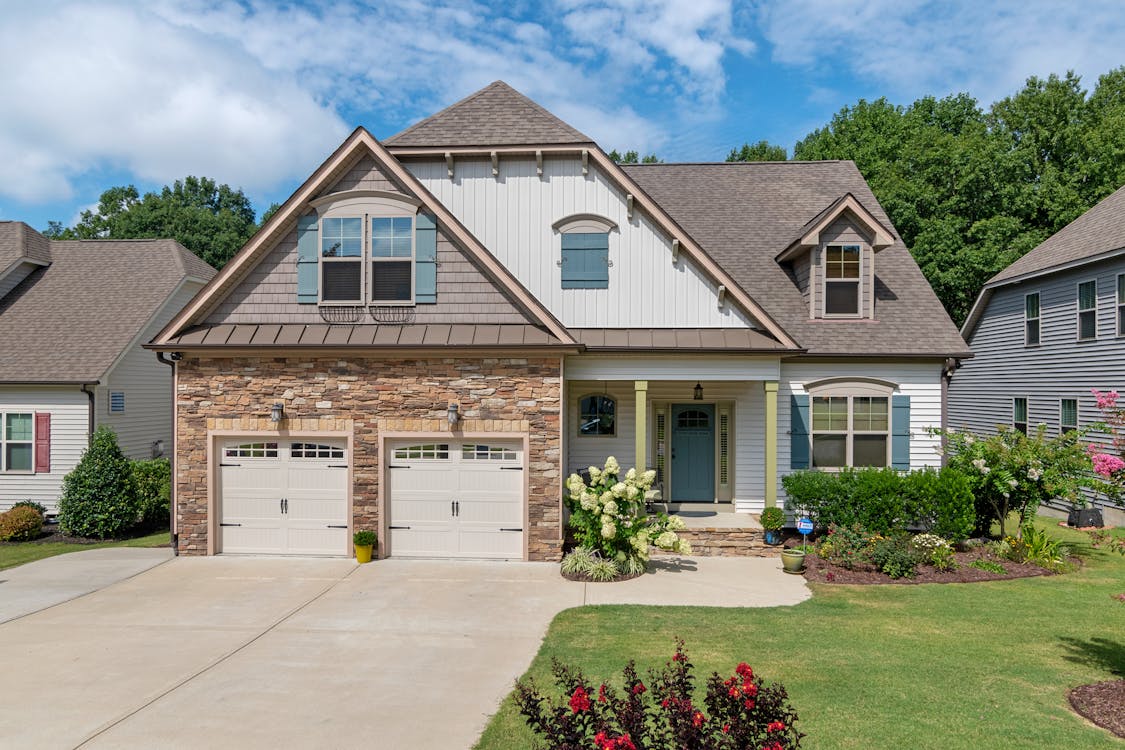
When it comes to architectural design, there are many styles to choose from. Some styles are trendy and modern, while others are more traditional and timeless. If you appreciate the beauty of classic design and want your home to have a sense of history and charm, then traditional architecture might be just what you’re looking for.
Traditional architecture refers to the design styles that have been around for centuries and have stood the test of time. These designs often draw inspiration from historical periods and feature elements that are reminiscent of the past. From elegant columns and intricate moldings to grand facades and symmetrical layouts, traditional architecture exudes a sense of grace and sophistication.
Here are some key features and benefits of traditional and timeless architecture:
- Symmetry: Traditional architecture often follows a symmetrical layout, with balanced proportions and a sense of harmony. This creates a pleasing visual appeal and a sense of balance in the design.
- Classic Elements: Traditional architecture incorporates classic elements such as columns, arches, and pediments. These elements add a touch of elegance and grandeur to the design.
- Durable Materials: Traditional architecture often uses durable materials such as stone, brick, and wood. This not only gives the home a timeless appeal but also ensures its longevity and durability.
- Timeless Appeal: Traditional architecture has a timeless appeal that transcends trends. It is a style that has been appreciated for generations and will continue to be admired for years to come.
- Historical Connection: Traditional architecture often pays homage to historical periods and styles. If you have a deep appreciation for history and want your home to reflect that, traditional architecture is a perfect choice.
A great example of traditional and timeless architecture is the Georgian style. Georgian architecture originated in the 18th century and is known for its symmetry, proportion, and balance. The design features grand exteriors, elegant facades, and refined interiors. It is a style that exudes a sense of grace and sophistication.
Whether you choose a Georgian-style home or another traditional architectural style, incorporating timeless design elements can add a touch of elegance and sophistication to your home. It’s a style that will never go out of fashion and will always be admired for its beauty and charm.
So, if you’re a lover of history and classic design, traditional and timeless architecture might be the perfect choice for your home. Embrace the beauty of the past and create a space that will stand the test of time.
Contemporary Eco-Friendly Designs

Are you looking to design a home that is not only modern and stylish but also environmentally friendly? Contemporary eco-friendly designs are the perfect solution for those who want to create a sustainable and energy-efficient living space. These designs combine sleek aesthetics with innovative technologies to minimize the impact on the environment. Here are some key features and benefits of contemporary eco-friendly designs:
1. Sustainable Materials
Contemporary eco-friendly designs prioritize the use of sustainable materials such as reclaimed wood, bamboo, recycled metal, and low VOC (volatile organic compounds) paints. These materials are not only eco-friendly but also contribute to a healthier indoor environment by reducing the presence of harmful chemicals.
2. Energy Efficiency
Energy-efficient features are an essential aspect of contemporary eco-friendly designs. From solar panels to high-performance insulation, these designs incorporate various elements to reduce energy consumption and lower utility bills. Energy-efficient appliances, LED lighting, and smart home technology further enhance the sustainability of these designs.
3. Natural Ventilation
Contemporary eco-friendly designs prioritize natural ventilation to reduce the reliance on air conditioning and promote energy efficiency. Large windows, skylights, and strategically placed openings allow for better cross-ventilation and natural light, creating a fresh and inviting living space.
4. Water Conservation
Water conservation is another important aspect of contemporary eco-friendly designs. Features such as low-flow fixtures, rainwater harvesting systems, and drought-tolerant landscaping are incorporated to reduce water consumption.
5. Green Roofs and Walls
Green roofs and walls not only enhance the visual appeal of contemporary eco-friendly designs but also provide insulation, improve air quality, and reduce stormwater runoff. These natural elements contribute to a more sustainable and healthier living environment.
Contemporary eco-friendly designs offer a perfect balance between style and sustainability. By incorporating these features into your home, you can create a space that not only looks stunning but also helps protect the planet.
To create an eco-friendly home that is both stylish and sustainable, consider using sustainable materials, incorporating energy-efficient features, prioritizing natural ventilation, conserving water, and incorporating green roofs and walls.
So, if you’re passionate about both contemporary design and sustainability, consider opting for a contemporary eco-friendly design for your home. It’s a win-win situation where you can have a beautiful, modern living space while also making a positive impact on the environment.
Innovative Small Space Solutions

If you’re someone who lives in a small home or apartment, you know how important it is to make the most out of every inch of space. Limited square footage doesn’t mean you have to sacrifice style and functionality. In fact, many architects and designers have come up with innovative solutions to optimize small spaces without compromising on aesthetics. Here are some stunning architectural designs that can inspire you to make the most of your compact living area:
- Multifunctional Furniture: One of the most effective ways to maximize space is by using multifunctional furniture pieces. For example, a sofa that can transform into a bed or a coffee table that doubles as a storage unit. These clever designs allow you to have essential furniture without taking up extra space.
- Loft Beds: Loft beds are an excellent solution for small bedrooms. By elevating the bed and utilizing the space underneath, you can create additional functional areas such as a study nook or a cozy sitting area. This design not only saves space but also adds a unique and stylish element to the room.
- Wall-Mounted Storage: Walls are often overlooked when it comes to storage. However, by utilizing vertical space, you can free up valuable floor space. Consider installing wall-mounted shelves, cabinets, or even a floating desk to store your belongings without cluttering the room.
- Foldable and Expandable Elements: Folding or expandable elements are great for optimizing space in small living areas. For instance, foldable dining tables or expandable kitchen countertops can be extended only when needed, giving you more room to move around when they’re not in use.
- Hidden Storage: Cleverly hidden storage solutions can make a huge difference in small spaces. Architectural designs that incorporate built-in storage under stairs, behind walls, or in concealed compartments can help keep your belongings organized and out of sight.
- Sliding Doors: Traditional doors can take up a lot of space when opened. Opting for sliding doors allows you to save valuable square footage while adding a touch of modernity to your space. Additionally, sliding doors can also provide privacy when needed without obstructing the flow of the room.
Remember, when it comes to small space solutions, creativity is key. Don’t be afraid to think outside the box and explore unconventional ideas. With a little imagination and the right architectural design, you can transform your small space into a functional and visually appealing home.
Innovative small space solutions can be a game-changer for those living in compact homes. By incorporating multifunctional furniture, loft beds, wall-mounted storage, foldable elements, hidden storage, and sliding doors, you can optimize your living space without compromising on style or functionality. Get inspired by these architectural designs and make the most out of your small home!
Also Read: Designing a Kid-Friendly Home : Tips for Family-Focused Architecture in 2024.
Luxurious and Opulent Interiors

When it comes to designing the interiors of a home, some people prefer a luxurious and opulent style that exudes elegance and sophistication. These types of interiors are often associated with high-end homes and lavish lifestyles. If you are someone who appreciates the finer things in life and wants to create a stunning and glamorous living space, then the luxurious and opulent interior design style is perfect for you.
Characteristics of Luxurious and Opulent Interiors
Luxurious and opulent interiors are all about creating a sense of grandeur and splendor. Here are some key characteristics of this design style:
- Rich Materials: Luxurious interiors are characterized by the use of high-quality materials such as marble, gold, crystal, and velvet. These materials add a touch of glamour and elegance to the space.
- Ornate Details: Opulent interiors often feature intricate and detailed designs. From decorative moldings and intricate carvings to ornate chandeliers and luxurious furniture, every element of the space is carefully curated to create a sense of luxury.
- Bold Colors: Luxurious interiors are not afraid to embrace bold and rich colors. Deep jewel tones like emerald green, royal blue, and ruby red are often used to add drama and opulence to the space.
- Plush Furnishings: Comfort is just as important as style in luxurious interiors. Plush sofas, oversized armchairs, and luxurious beds with ornate headboards are commonly found in these types of interiors.
- Glamorous Accessories: Luxurious interiors are all about the details. Intricately designed mirrors, art pieces, and statement lighting fixtures are used to add a touch of glamour to the space.
How to Achieve a Luxurious and Opulent Interior
Creating a luxurious and opulent interior doesn’t mean you have to break the bank. With careful planning and attention to detail, you can achieve a stunning and glamorous look on any budget. Here are some tips to help you get started:
- Choose the Right Colors: Opt for rich and vibrant colors like deep purples, velvety blues, and shimmering golds. These colors instantly add a sense of luxury and opulence to any space.
- Invest in High-Quality Materials: While it may cost a bit more upfront, investing in high-quality materials will make your interiors look more expensive and luxurious. Consider using materials like marble, silk, and brass for that extra touch of luxury.
- Add Statement Pieces: Incorporate statement furniture pieces and accessories that serve as focal points in the room. A grand chandelier, a luxurious velvet sofa, or an exquisite antique mirror can instantly elevate the overall look of your space.
- Pay Attention to Detail: Luxurious interiors are all about the details. Consider adding decorative moldings, intricate wallpaper, and ornate hardware to give your space that extra touch of elegance.
- Create Ambience with Lighting: Proper lighting can make a world of difference in creating a luxurious and opulent atmosphere. Use a combination of ambient, task, and accent lighting to highlight specific areas and create a warm and inviting ambiance.
Inspiration from Luxurious and Opulent Interiors
If you’re looking for inspiration, here are a few examples of stunning interior designs that showcase the luxurious and opulent style:
| Image | Description |
|---|---|
 |
A luxurious living room with a crystal chandelier, plush velvet sofas, and gold accents. |
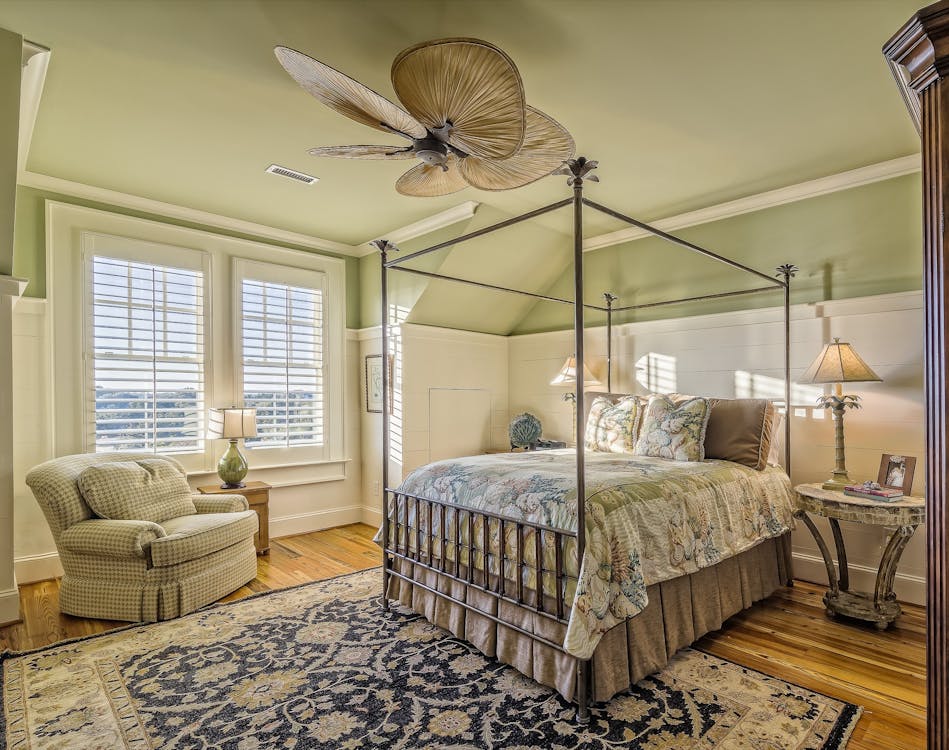 |
An opulent bedroom with a canopy bed, silk drapes, and ornate details on the furniture. |
 |
A glamorous dining room with a large dining table, luxurious upholstered chairs, and a statement chandelier. |
 |
An elegant bathroom with marble countertops, a freestanding bathtub, and gold fixtures. |
These images serve as a great starting point for your own luxurious and opulent interior design project. Remember, the key to achieving this style is to focus on high-quality materials, intricate details, and bold colors.
Conclusion
Luxurious and opulent interiors provide a sense of grandeur and sophistication that is hard to replicate with any other design style. By incorporating rich materials, ornate details, and bold colors, you can create a glamorous and stunning living space that is sure to impress. Whether you have a large budget or a limited one, with careful planning and attention to detail, you can achieve the luxurious and opulent interior of your dreams. So go ahead and indulge in a bit of luxury in your own home!
Rustic Charm and Natural Elements

If you’re someone who appreciates the beauty of nature, you’ll love the rustic charm and natural elements found in architectural designs. These designs seamlessly blend the indoors with the outdoors, creating a warm and inviting space that is both cozy and stylish. Whether you live in the countryside or in the heart of the city, incorporating rustic charm and natural elements into your home can bring a sense of tranquility and beauty to your space.
So, if you’re looking to create a rustic and natural ambiance in your home, here are a few design ideas that will inspire you:
- Exposed Wood Beams: One of the key elements of rustic charm is the use of exposed wood beams on the ceilings. These beams add character and warmth to any room, giving it a cozy and inviting feel. Whether you choose rough-hewn beams for a more rustic look or polished wood beams for a more refined touch, they will definitely make a statement in your home.
- Stone Accents: Incorporating natural stone accents into your home is another way to achieve that rustic charm. Consider using stone walls, fireplaces, or even stone flooring to bring the beauty of nature indoors. The rough texture and earthy colors of stone can create a warm and timeless look that will never go out of style.
- Natural Materials: When it comes to furniture and decor, choose pieces made from natural materials such as wood, rattan, or jute. These materials not only add a touch of rustic charm but also have a low environmental impact, making them a sustainable choice. From wooden dining tables to wicker chairs, natural materials will bring the outdoors in, creating a harmonious and calming environment.
- Warm Color Palette: To enhance the rustic charm of your home, opt for a warm color palette inspired by nature. Think earthy tones like browns, greens, and warm neutrals. These colors will create a cozy and inviting atmosphere, bringing a sense of harmony and tranquility to your space.
Incorporating rustic charm and natural elements into your home’s design can create a warm and inviting space that reflects your love for nature. Remember, it’s all about embracing the beauty of imperfections and celebrating the raw, natural materials that make your space unique. So, whether you live in a rustic cabin or a modern city apartment, don’t be afraid to bring a little bit of nature into your home.
Sustainable Architecture
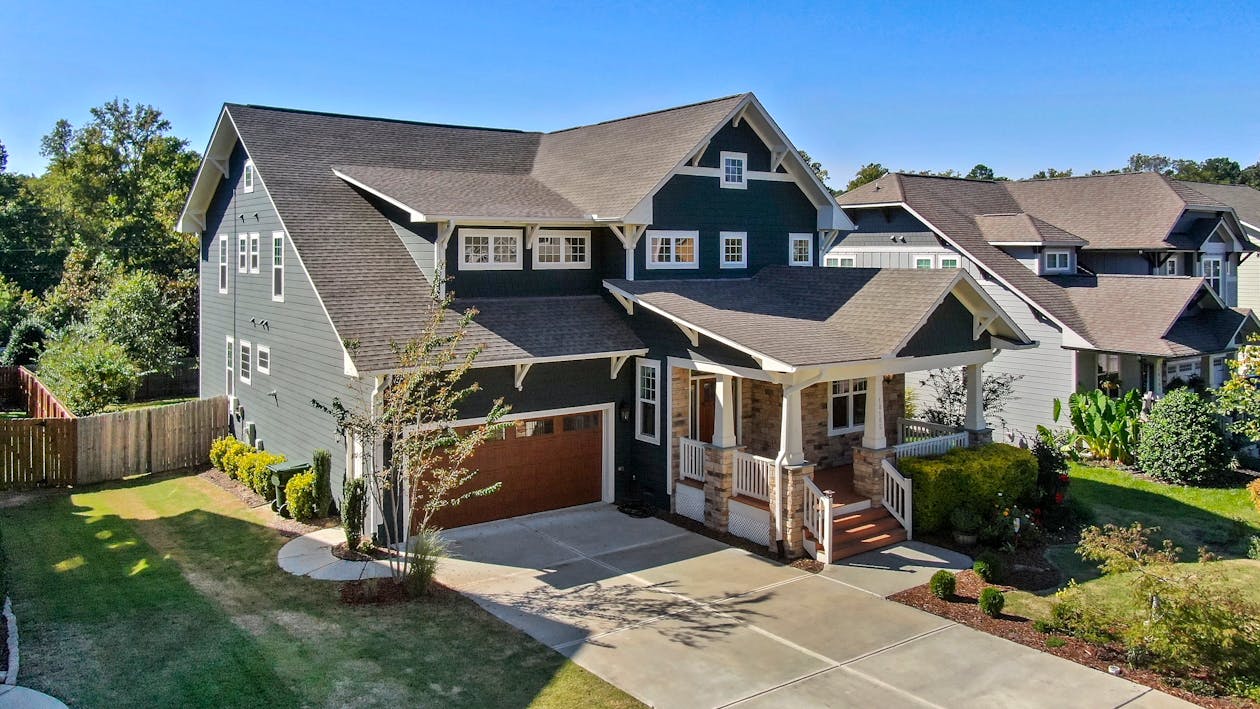
When it comes to designing and building homes, sustainability is becoming increasingly important. Sustainable architecture focuses on reducing the negative impact on the environment while maximizing energy efficiency and using eco-friendly materials. If you’re considering building or renovating your home with sustainability in mind, here are some key aspects to consider:
Energy Efficiency
- Optimize insulation: Proper insulation can significantly reduce heat loss in winter and heat gain in summer, reducing the need for excessive heating or cooling.
- Utilize natural light: Design your home to maximize natural light, reducing the need for artificial lighting during the day.
- Install energy-efficient appliances: Choose appliances that have high energy-efficiency ratings to minimize energy consumption.
- Implement renewable energy sources: Consider using solar panels or wind turbines to generate electricity, reducing reliance on non-renewable energy sources.
Water Conservation
- Install water-efficient fixtures: Choose low-flow faucets, showerheads, and toilets that can significantly reduce water consumption without sacrificing performance.
- Collect rainwater: Implement rainwater harvesting systems to collect and store rainwater for non-potable uses, such as watering plants or flushing toilets.
- Use graywater systems: Reuse water from sinks, showers, and washing machines for irrigation purposes.
Eco-Friendly Materials
- Use sustainable and recycled materials: Opt for building materials that are environmentally friendly, such as reclaimed wood, recycled plastic, or bamboo.
- Choose low VOC paints: Use paints and solvents with low volatile organic compound (VOC) content to improve indoor air quality.
- Consider natural insulation: Utilize eco-friendly insulation materials like cellulose, wool, or recycled denim, which have a lower environmental impact compared to traditional insulation materials.
Passive Design Strategies
- Orientation: Design the layout of your home to take advantage of natural lighting and passive solar heating in colder months.
- Cross-ventilation: Optimize airflow through the design of windows, doors, and openings to promote natural cooling during hot seasons.
- Overhangs and shading devices: Use architectural elements like roof overhangs, awnings, or louvers to shade windows and prevent direct sunlight from heating up interior spaces.
- Green roofs and walls: Implement living roofs and walls with vegetation, which can provide natural insulation, reduce stormwater runoff, and improve air quality.
Sustainable architecture is not only environmentally friendly but also creates comfortable and healthy living spaces. By incorporating these principles into your home design, you can lower your carbon footprint, reduce energy bills, and contribute to a more sustainable future.
Unique and Unconventional Structures

When it comes to architectural designs that push the boundaries and defy convention, there are some truly unique and awe-inspiring structures out there. These buildings challenge our perception of what architecture can be and leave us in awe of the creativity and ingenuity of the designers. If you’re looking for inspiration for your home, consider these unique and unconventional structures that will make your space stand out.
The Guggenheim Museum, Bilbao
One of the most iconic examples of unique architecture is the Guggenheim Museum in Bilbao, Spain. Designed by renowned architect Frank Gehry, this museum is a masterpiece of curves, titanium panels, and glass. Its distinctive shape and shimmering facade have made it a symbol of modern architectural marvels. The unconventional design not only captures the attention of visitors but also provides a functional and visually stunning space for art exhibitions.
The Lotus Temple, New Delhi
Inspired by the lotus flower, the Lotus Temple in New Delhi, India, is a truly remarkable architectural wonder. Designed by Iranian architect Fariborz Sahba, this structure is made up of 27 marble-clad “petals” that create the impression of a floating lotus flower. The temple’s unique shape and serene atmosphere make it a popular destination for visitors seeking peace and tranquility.
The Dancing House, Prague
The Dancing House in Prague, Czech Republic, is a stark contrast to the surrounding historic buildings. Designed by Vlado Milunić and Frank Gehry, this architectural gem is composed of two curving towers that appear to be dancing. With its unconventional form and modern design, the Dancing House has become an iconic symbol of Prague’s architectural landscape.
The Crooked House, Sopot
The Crooked House in Sopot, Poland, is a whimsical and playful structure that resembles something out of a fairytale. Designed by architects Szotyńscy & Zaleski, this building features an undulating and crooked facade that is reminiscent of a funhouse. The unique design of the Crooked House adds charm and a touch of fantasy to the bustling city.
The Longaberger Basket Building, Ohio
If you’re looking for a truly remarkable and quirky architectural design, look no further than the Longaberger Basket Building in Newark, Ohio. Designed to resemble a giant picnic basket, this building was originally the headquarters of the Longaberger Company. The basket design, complete with handles, makes it a whimsical and eye-catching structure that is sure to leave a lasting impression.
Conclusion
These unique and unconventional structures prove that architecture can be so much more than just four walls and a roof. They challenge our preconceived notions of what buildings should look like and inspire us to think outside the box when designing our own spaces. So whether you’re a fan of bold, avant-garde designs or you simply appreciate the artistic expression of architecture, these structures are sure to leave you in awe and ignite your imagination. Let their creativity and innovation inspire your own home design and create a space that is truly one-of-a-kind.
Magical Treehouses and Elevated Living

Have you ever dreamed of living in a treehouse? There’s something magical about being surrounded by nature, nestled high among the trees. Treehouses offer a unique and enchanting living experience that combines the comforts of home with the serenity of the great outdoors. In this section, we’ll explore stunning architectural designs that are sure to inspire your own treehouse dreams.
Why choose a treehouse?
- Close to nature: Living in a treehouse allows you to immerse yourself in the beauty of the natural world. Imagine waking up to the sound of birds chirping and the gentle sway of the trees.
- Privacy: Treehouses offer a secluded and private living space, away from the noise and distractions of the city. It’s the perfect retreat for those seeking solitude and tranquility.
- Unique design: Treehouses are not just simple wooden structures. They can be beautifully designed and tailored to your personal style, creating a one-of-a-kind living space that stands out from traditional homes.
- Eco-friendly: By living in a treehouse, you minimize your impact on the environment. The construction process often involves using sustainable materials and preserving the surrounding trees.
Design elements to consider in treehouse architecture
- Tree selection: Choosing the right tree is crucial for the stability and longevity of your treehouse. Look for sturdy trees with strong branches that can support the weight of the structure.
- Structural support: Properly engineered support systems, such as beams and brackets, are essential to ensure the safety and stability of the treehouse.
- Multi-level platforms: Creating different levels or platforms within the treehouse adds visual interest and maximizes the available space. It also allows for different activities or functions in each area.
- Windows and openings: Incorporating abundant windows and openings not only provides natural light and ventilation but also allows for breathtaking views of the surrounding landscape.
- Functional design: Consider the practicalities of living in a treehouse. Optimize storage solutions, incorporate efficient use of space, and ensure access to modern amenities such as electricity and plumbing.
Examples of stunning treehouse designs
- Floating Treehouse: This treehouse is designed to appear as if it’s floating among the trees. It features a minimalist design with large windows that offer panoramic views of the forest.
- Luxury Treehouse Retreat: This multi-level treehouse offers a luxurious living experience with a full kitchen, a spacious bedroom, and a cozy living area. It also has a large deck with a hot tub, perfect for relaxing and enjoying the tranquil surroundings.
Tips for building your own treehouse
- Consult with an expert: Before embarking on your treehouse project, consult with a professional architect or builder who specializes in treehouse construction. They can provide guidance and ensure the safety of your structure.
- Local regulations: Check with your local authorities regarding any permits or regulations for treehouse construction. Some areas may have specific guidelines that need to be followed.
- Tree care: Take care to avoid damaging the trees during the construction process. Consult with an arborist who can guide you on how to minimize the impact on the surrounding trees.
- Maintenance: Regularly inspect your treehouse for any signs of wear or damage. Address any maintenance issues promptly to ensure the longevity of your treehouse.
In conclusion, treehouses offer a unique and magical living experience that combines the beauty of nature with innovative design. Whether you choose a minimalist retreat or a luxurious getaway, a treehouse can inspire and transform your living space into something truly extraordinary. So, unleash your inner child and let your imagination soar as you dream of building your own magical treehouse.
Functional and Stylish Home Offices
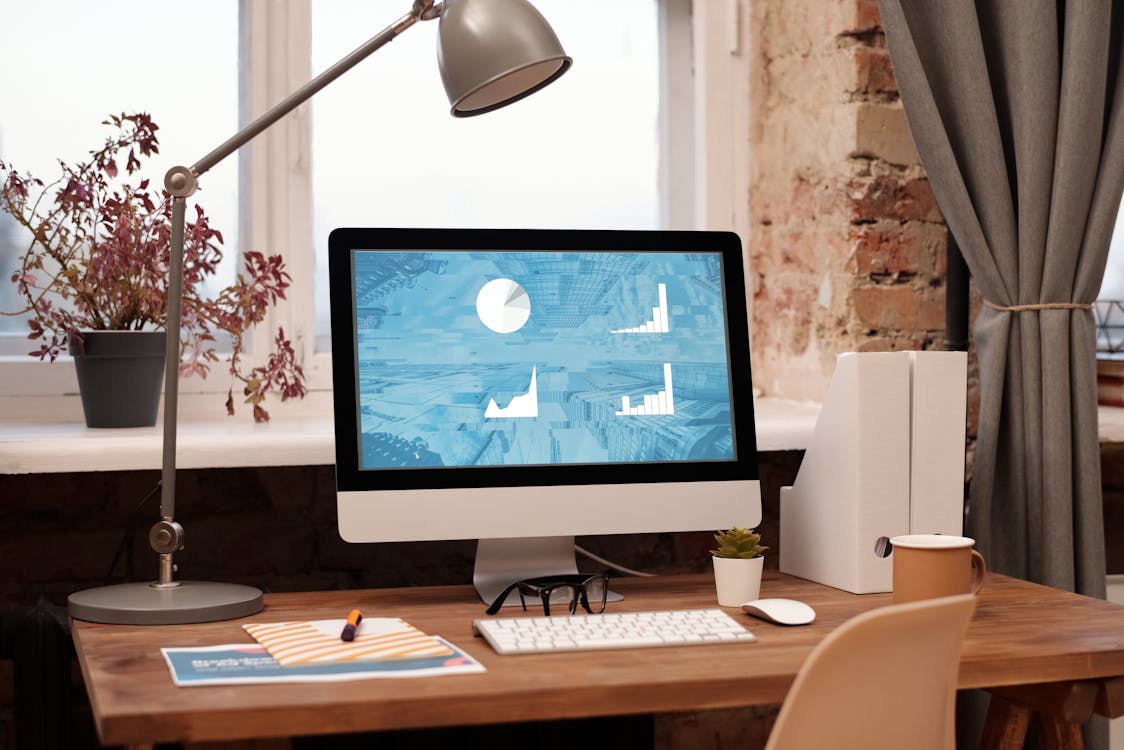
In today’s work-from-home era, having a functional and stylish home office is more important than ever. Whether you work remotely full-time or just need a dedicated space for personal projects, creating a workspace that is both productive and aesthetically pleasing is key. Here, we will explore some inspiring architectural designs that can help you transform your home office into a stylish and functional haven.
Customizable Storage Solutions
One of the essential elements of a home office is storage. A clutter-free workspace can greatly enhance productivity and enable you to focus on your tasks. Customizable storage solutions, such as built-in shelves and cabinets, can be a game-changer for your home office. These designs allow you to optimize the limited space available and neatly organize your books, files, and supplies.
Dual-Purpose Furniture
When it comes to home offices, space is often at a premium. Dual-purpose furniture can be a savior in such situations. Consider investing in a desk that doubles as a storage unit or a fold-out wall desk that can be easily tucked away when not in use. These innovative designs maximize functionality without sacrificing style.
Natural Light and Views
Working in a well-lit and visually pleasing environment can have a positive impact on your mood and productivity. When designing your home office, try to incorporate ample natural light and consider positioning your desk near a window. Enjoying beautiful views and the natural rhythm of the outdoors can provide a refreshing break from your work and offer inspiration.
Ergonomic Design
Comfort is key when spending long hours at your desk. Ensure that your home office design prioritizes ergonomics. Invest in a quality chair with adjustable height and lumbar support to prevent back pain and promote good posture. A height-adjustable desk can also be a great addition, allowing you to switch between sitting and standing positions for improved circulation and energy levels.
Personal Touches and Inspiration
A home office should reflect your personality and inspire creativity. Add some personal touches to make the space truly yours. Hang art or photographs that inspire you, display plants for a touch of nature, or incorporate your favorite colors in the decor. Surrounding yourself with things you love will boost your motivation and make your home office a place you enjoy spending time in.
Technology Integration
In today’s digital world, technology is a crucial part of any home office. Ensure that your design incorporates seamless technology integration. Concealed wiring, built-in charging docks, and ample power outlets will help keep your workspace clean and organized. Invest in a high-speed internet connection and ergonomic accessories for your computer setup to optimize your productivity and efficiency.
With these architectural design ideas, you can transform your home office into a functional and stylish space that not only boosts your productivity but also provides a pleasant and inspiring environment. Remember, a well-designed home office is an investment in your well-being and success, so take the time to create a space that meets your needs and reflects your personal style.
“Your home office should be a reflection of your personality and inspire you to do your best work. By incorporating functional and stylish design elements, you can create a space that is both productive and visually appealing.”
Also Read: Mastering the Art of Interior Design : Tips for Homeowners in 2024.
Conclusion
In conclusion, the world of architecture offers a wide range of stunning and inspiring designs that can transform your home into a true masterpiece. Whether you prefer minimalist modern designs, traditional and timeless architecture, or contemporary eco-friendly solutions, there is something for everyone.
By incorporating innovative small space solutions, luxurious and opulent interiors, rustic charm and natural elements, or sustainable architecture, you can create a home that reflects your personal style and values.
Don’t be afraid to think outside the box and consider unique and unconventional structures or even magical treehouses and elevated living. These designs can add a touch of whimsy and charm to your home.
And if you need a space to work from home, consider functional and stylish home offices that allow you to be productive and comfortable.
No matter which architectural design you choose, remember that it’s important to create a space that feels like home and reflects your personality. Take inspiration from these stunning designs and let your imagination run wild.
To get access to more content, read Achieving Balance : Incorporating Minimalism in a Personalized Way in 2024.
So go ahead, start planning your dream home and turn it into a space that will inspire and impress. With the right architectural design, your home will become a sanctuary that you’ll never want to leave.
Frequently Asked Questions
- What makes a architectural design stunning?
Several factors contribute to a stunning architectural design, including unique and innovative concepts, visually appealing aesthetics, functionality, sustainability, proper use of light and space, and seamless integration with the surroundings. - Can architectural design inspire the overall look of a home?
Absolutely! Architectural designs can serve as a great source of inspiration for your home’s overall look. You can take elements from stunning architectural designs and incorporate them into your own home, such as specific materials, shapes, or interior design concepts. - Where can I find examples of stunning architectural designs?
You can find examples of stunning architectural designs in various sources, including architectural magazines, websites, social media platforms like Instagram and Pinterest, and even by visiting architectural exhibitions and events. - What are some famous architectural designs that can inspire my home?
Some famous architectural designs that can inspire your home include the Sydney Opera House, Fallingwater by Frank Lloyd Wright, Guggenheim Museum Bilbao, Burj Khalifa, and the Taj Mahal. These iconic designs showcase unique features and innovative concepts that can spark creativity for your own home. - How can I incorporate architectural design elements into my home?
You can incorporate architectural design elements into your home by using similar materials, adopting specific architectural styles, implementing unique shapes or features, considering natural lighting and open spaces, and working with an architect or interior designer who can help bring your vision to life.

